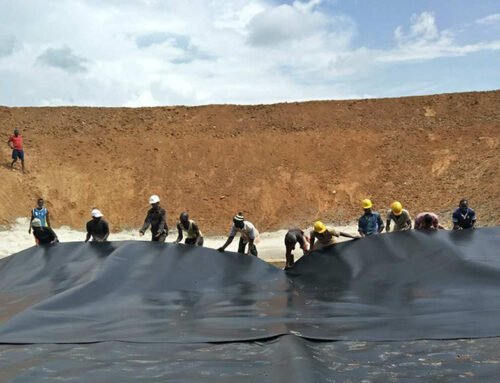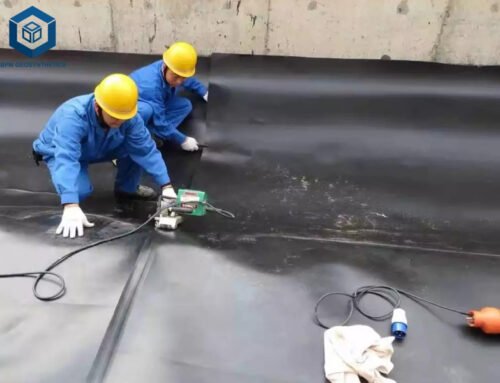HDPE ditch liner is the kind of geomembrane HDPE liner which is most widely used for solid waste containment, mining and water containment applications. HDPE ditch liner is an excellent low permeable synthetic membrane liner for large applications that require UV and ozone resistance, chemical resistance or high quality installations. The HDPE ditch liner is often delivered in large rolls and may be heat welded in the field by trained technicians. HDPE ditch liner has been used in landfills, wastewater treatment lagoons, animal waste lagoons, mining applications and for water storage. The HDPE ditch liner sheets are delivered in large rolls and may be heat welded in the field by trained technicians.
HDPE ditch liner is prepared from ethylene by a catalytic process. The absence of branching results in a more closely packed structure with a higher density and somewhat higher chemical resistance than LDPE. HDPE ditch liner is also harder and more opaque than LDPE. HDPE ditch liner has a melting point that ranges from 130°C to 137°C, a maximum continued usage temperature of 65°C and a glass transition temperature of between -110°C to -125°C. HDPE liner has a density of about 0.941 – 1.45 g/cm3, a coefficient of thermal expansion of 100 – 220 x 10-6 per °C, a tensile strength of 15 – 40 MPa, a flexural modulus of 1.2GN/m2, Young’s modulus of 0.7 GN/m2 , Brinnel hardness of 2 and an elongation of 150%-500% at failure. When applied for lining reservoirs, HDPE liner sheeting does not require soil cover unlike the other materials which are readily degraded if not covered. The installation of HDPE ditch liner is generally undertaken using fusion-weld joining equipment which can process the thickness range is 0.4 to 2.5 mm. HDPE liner would be used on sites where puncturing of cheaper products cannot be avoided or where steep slopes (steeper than 2:1) preclude the use of other product.
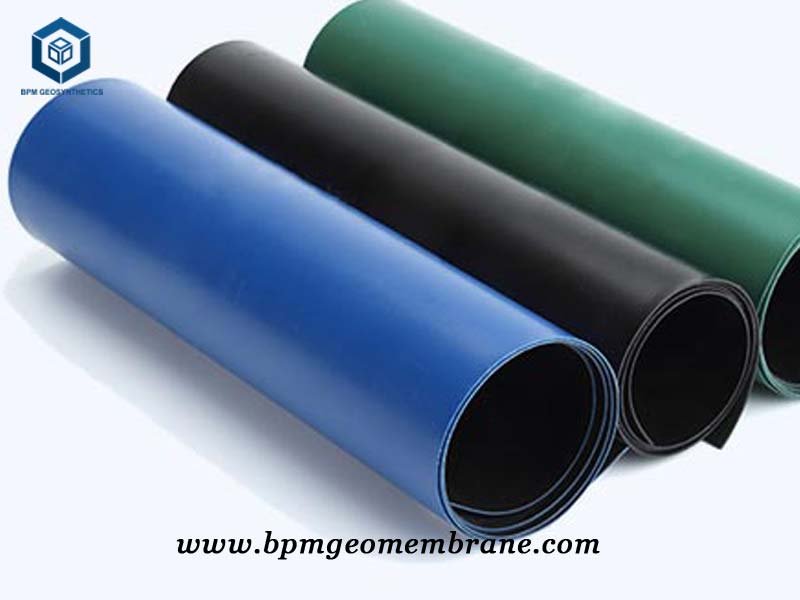
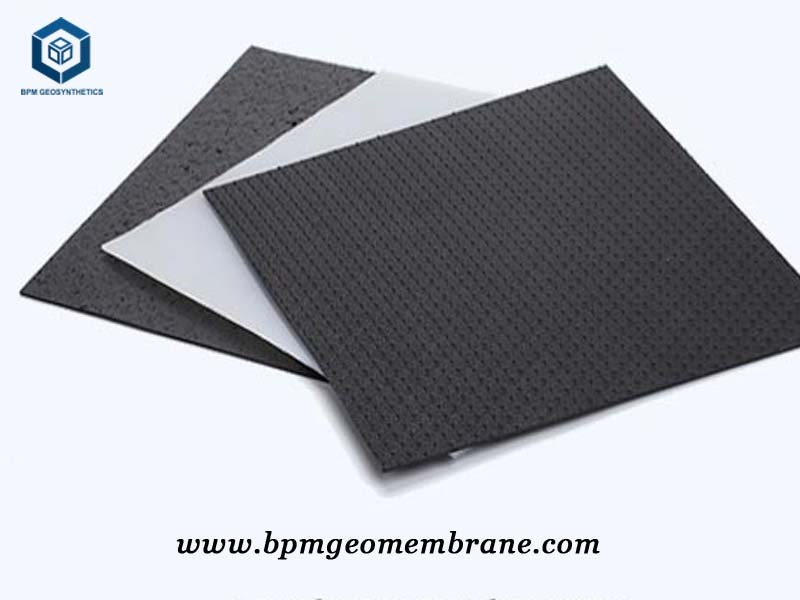
Welding is the important method or process for HDPE ditch liner in order to produce seals or joints of sufficient strength to survive in the work environments. When these HDPE liner surfaces are brought into intimate contact and are partially molten, a bond is achieved. In order to achieve a realistic bond, the HDPE liner surfaces are pressed together for a period of time sufficient for the polymer chains to diffuse across the interface and form connecting bridges. The formation of these bridges is a function of the HDPE ditch liner being welded and at a given thickness is a function of the HDPE liner composition, average molecular weight, molecular weight distribution, and thermal conductivity.
A weld seal is usually obtained by sealing like HDPE ditch liner together. Weld seals are based on obtaining the strongest seal such that the HDPE dicth liner fails before the seal. The method of sealing, in particular how heat sealing is achieved, can be carried out by using different techniques like jaw-type bar sealers, rotary sealers, band rotary sealers, impulse sealers, bead sealers, hot knife, or side weld sealers. The basic process involves the welding of two HDPE ditch liner when forced into intimate contact while they are in at least their semi-molten state. The two main sealing parameters that affect the heat seal quality are the interfacial temperature and sealing time. Therefore, in order to assess effectiveness of a welded joint in a geomembrane HDPE dicth liner material, it is very important to determine the interfacial temperature and heat sealing time that will result in a desirable seal. Many instruments have been developed, but no instrument or technique is capable of assessing these conditions yet.
The guiding principles of creating welded joints have been presented in part by some references. They stated that when two pieces of a HDPE liner are heat sealed, there is an inflection point in the sealing time– temperature profiles of the materials. The inflection point occurs at a temperature below the melting point of the HDPE liners as measured by the Differential Scanning
Calorimeter (DSC) technique. It was also found that pressure has limited effect on the sealing properties of the sealed geomembrane liner. The highest peel seal strength is achieved at a temperature near the fusion point. Seals made above the fusion point result in a weld seal that is not separable by the peel test .
Three Main Guidelines for HDPE Ditch Liner Welding Process
- Maximizing shear and minimizing peel and cleavage
- Maximizing compression and minimizing tensile pull
- Joint width is more important than overlap length and as a general rule it would be more feasible to increase the joint width rather than the overlap length.
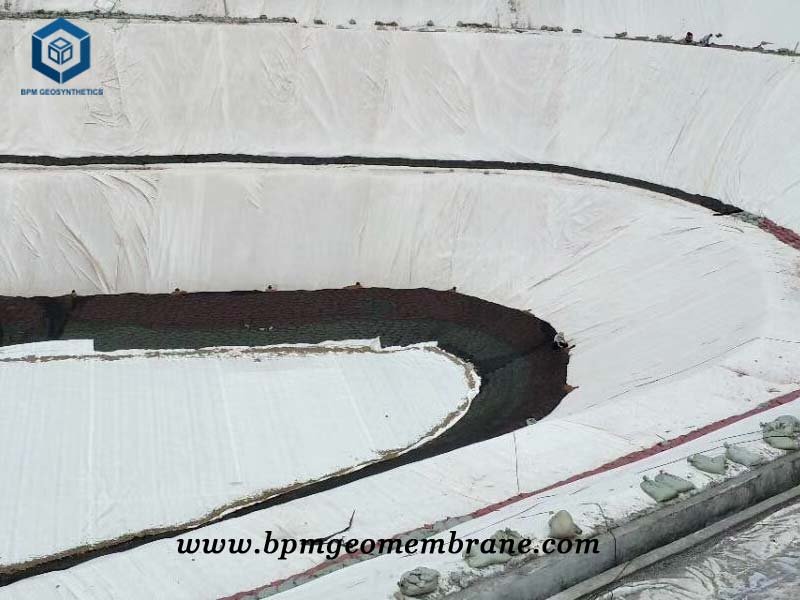
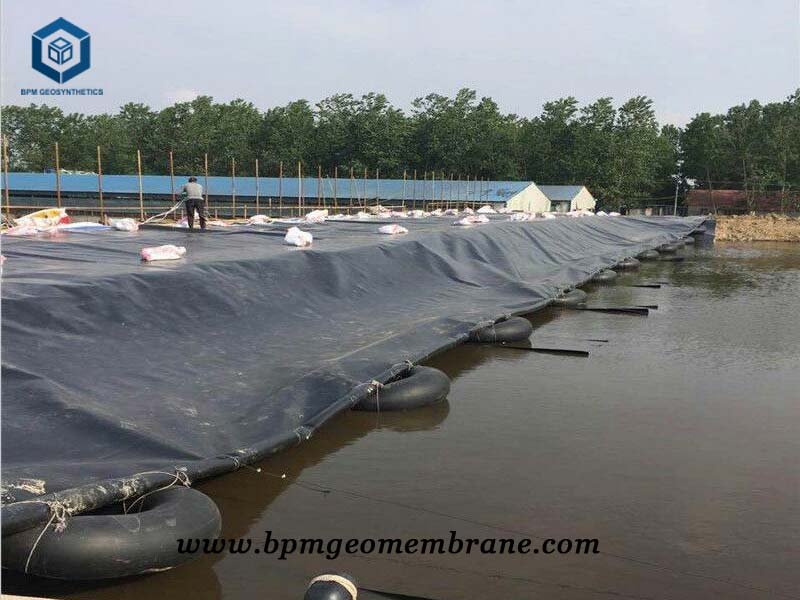
Adhesives have been used successfully in joining HDPE ditch liner. However, the use of adhesives for joining HDPE ditch liner rather than welding is deemed as difficult, unsuccessful or complicated. Because of their non-polar nature, HDPE ditch iner requires an oxidation treatment using flames, plasma treatment, or chemical etching to enhance the adhesive bond. Some references have listed HDPE as one of the hard-to-bond material alongside LDPE, polypropylene and Teflon.
The broad objective of the analysis was to determine the expected lifespan of HDPE ditch liner and the specific objective was to determine the effect of welding HDPE liner on the expected lifespan.
It was confirmed that indeed the welded joint is a weak point in the HDPE ditch liner assembly not just by the figures but by the fact that all the failures occurred either on the welded joint or near it. Placing the un-welded joint as the standard, it can be seen that all the welded joints fell far short of this standard in both the strength and the maximum strain at fracture, both of which are important parameters in the operation of HDPE ditch liners and flexible tanks. From the results, it was interesting to note that increasing the width of the weld more than doubled the tensile strength from 5 MPa. to 11 MPa. However, the effect on the maximum strain at fracture was the opposite, decreasing from 1.2 to 0.5. It may thus be concluded that in general, increasing the welding width of this material increases the strength of the welded joint but reduces its elasticity. It is possible that during welding, which involves a rapid temperature increase in the prescence of oxygen, certain reactions occur to modify the material on and around the welded joint. Hence a lager welded section is stronger but has a larger section rendered inelastic, with reduced straining capacity. In practical terms HDPE ditch liner and other applications using this product should be designed on the asis of strength and strain values.
It was concluded that the welded joint of HDPE ditch liner collected from the field is the weakest point in the liner. The strength of the welded joint may be improved by correct selection of welding parameters (width of welded joint, joining pressure, dwell time of the pressure and temperature).
It is recommended for more research to be conducted with regard to developing welding devices that can satisfy the optimum conditions demonstrated in the laboratory during field welding, particularly with regard to temperature and pressure control.
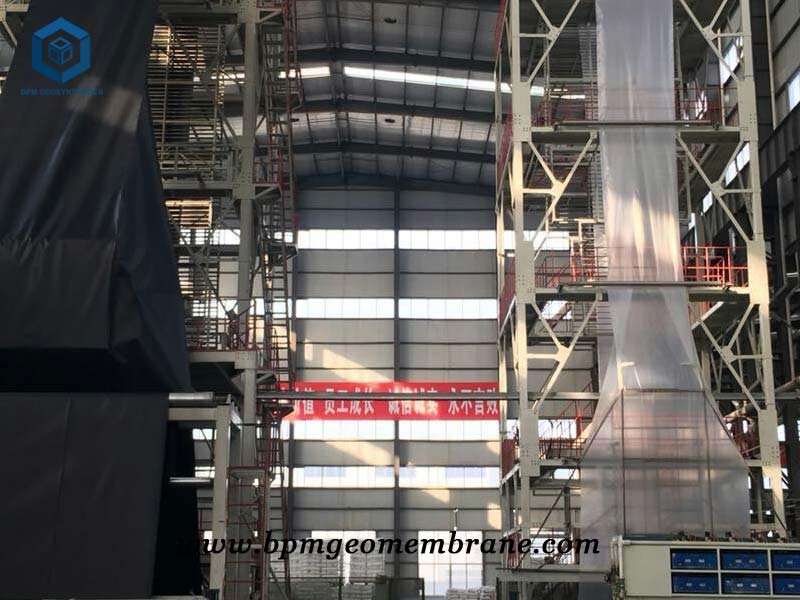
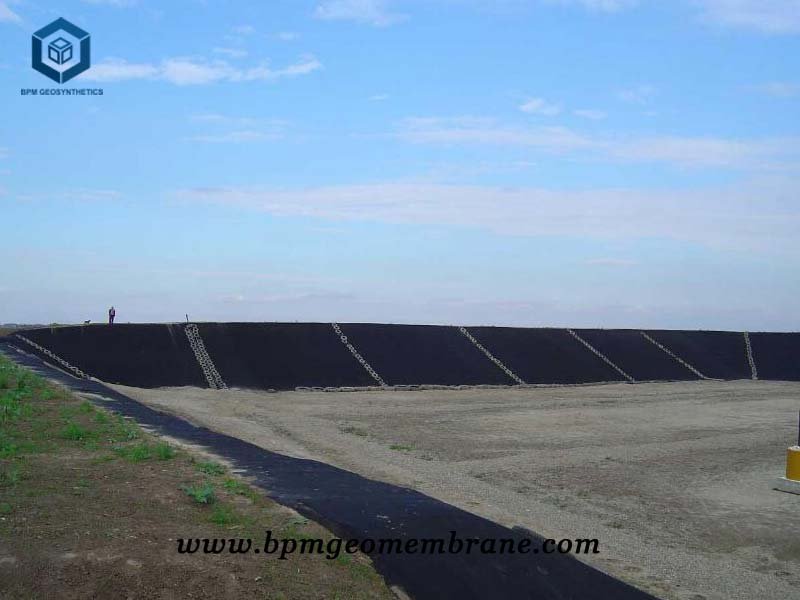
About BPM
BPM had provided many types of effective and state of the art geotextile, geomembrane and geosythetics products to over 36 countries. Our main innovative, high quality geosynthetics products include geomembranes, geotextiles, geocell, geosynthetic clay liners (GCLs), drainage boards, geogrids, etc. BPM brand PET geosynthetics had been certificated by the ISO9001, ISO14001,OHSAS18001 Soncap, SASO and BV certificates and passed the test of SGS and Intertek, etc.
BPM is also providing professional design and installation service. OEM and ODM are also available. If you have any questions or inquiries, please fill and submit the following form, we will reply as soon as possible.



